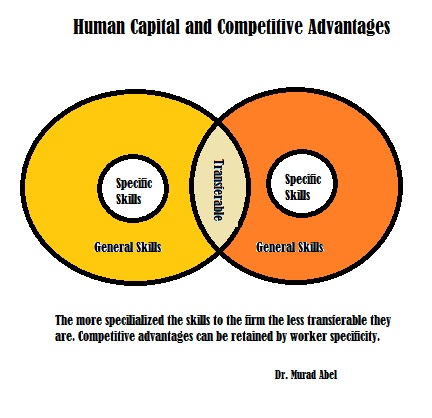Managing is an art form that relied heavily on critical
thinking and communication skills to keep large groups of people working toward
the same goals. Stronger managers focus on the development of their teams to
meet market needs. People who can manage for others versus themselves is a
great asset any organization. Managers who can meet performance goals and do so
in a way that creates a better department should be in high demand.
It is in our natural best interest to manage for ourselves
and this can make it a difficult competing ideology against managing for
others. When someone becomes aware they should manager for others they have
done so against the backdrop of years of learning, insight and reflection. People who create these conclusions have
thought about what is important.
They must also be able to step above their biological and
emotional needs to take a higher road in workplace decisions. When choices are
required they look to promote the group over themselves. This can be difficult
if someone is still struggling with unresolved issues. We see this over and over again among people
in leadership positions making self-interested decisions.
Consider how one manager will take the credit for work by
their subordinates while another will give credit where credit is due. The
first still has overpowering needs to feel important, competent, secure and
liked. They are willing to break social norms and trust in order to get the
next promotion or raise. The latter
person has resolved their issues and can step above them to create greater
trust with their team.
Hiring managers is more than meeting metrics. Even though meeting
is important it is also necessary to continue to meet them over and over in a
sustainable way. If a manager brings his/her team to a higher level of
performance and solidifies their trust they can keep the performance at a
higher level for longer periods. Poor managers will only hit the target for a
short period of time until subordinate’s motivation decreases. Building a team, keeping people engaged and
motivating them to a purpose is the ultimate purposes of “management”.

